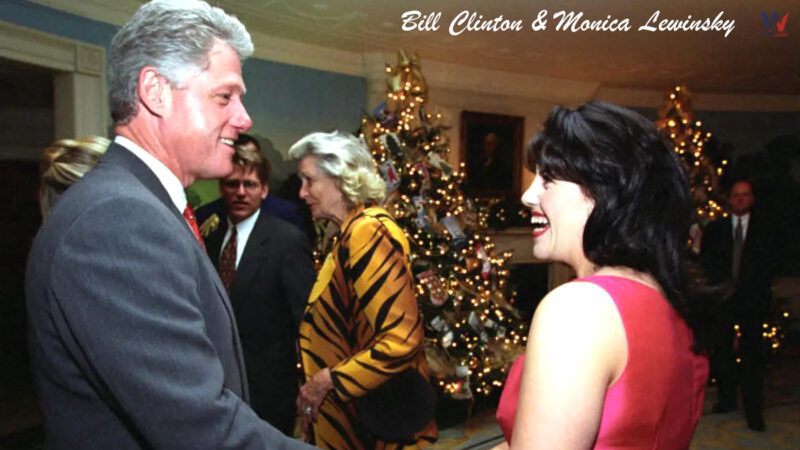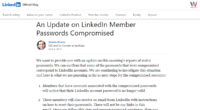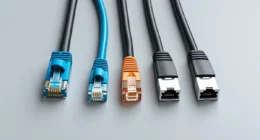Table of Contents
The Clinton–Lewinsky scandal was a sexual scandal that involved U.S. President Bill Clinton and Monica Lewinsky, who was an intern at the White House. Their sexual relationship started in 1995 when Clinton was 49 years old and Lewinsky was 22. The affair lasted for 18 months ending in 1997.
On January 26, 1998, Clinton famously declared on television, “I did not have sexual relations with that woman, Ms. Lewinsky.” However, further investigation revealed otherwise, leading to charges of perjury and the impeachment of Clinton by the U.S. House of Representatives in 1998. He was later acquitted of all impeachment charges of perjury and obstruction of justice after a 21-day trial in the U.S. Senate.
Judge Susan Webber Wright held Clinton in civil contempt of court for giving misleading testimony about his relationship with Lewinsky in the Paula Jones case. Clinton was fined $90,000 by Judge Wright. His law license was suspended in Arkansas for five years and he was disbarred from presenting cases before the U.S. Supreme Court.

Monica Lewinsky graduated from Lewis & Clark College and started working as an intern at the White House in 1995 during Clinton’s first term. She later became an employee in the White House Office of Legislative Affairs. Clinton is believed to have started a personal relationship with her during her time at the White House. Lewinsky confided details of their relationship to Linda Tripp a co-worker at the Defense Department who secretly recorded their phone conversations.
In January 1998, Linda Tripp found out that Monica Lewinsky had signed an affidavit in the Paula Jones case, denying any relationship with Clinton. Tripp gave tapes of her conversations with Lewinsky to Ken Starr, the independent counsel investigating Clinton for issues like the Whitewater scandal, the White House FBI files controversy and the White House travel office controversy.
During his grand jury testimony Clinton’s answers were carefully phrased. He famously argued about the meaning of the word “is” when questioned about his statement that “there is not a sexual relationship, an improper sexual relationship or any other kind of improper relationship.”
This scandal has been called various names including “Monicagate,” “Lewinskygate,” “Tailgate,” “Sexgate” and “Zippergate” following the “-gate” naming pattern that began with the Watergate scandal.
Allegations of Sexual Contact
Monica Lewinsky stated that she had sexual encounters with Bill Clinton on nine occasions between November 1995 and March 1997. According to her schedule First Lady Hillary Clinton was present at the White House on at least some part of seven of those days.
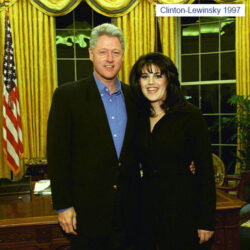
In April 1996, Lewinsky’s bosses transferred her to the Pentagon because they felt she was spending too much time around President Clinton. In his autobiography, former U.N. Ambassador Bill Richardson mentioned that the White House asked him in 1997 to interview Lewinsky for a job at the United Nations. Richardson offered her a position but she turned it down. The American Spectator suggested that Richardson knew more about the Lewinsky affair than he told the grand jury.
Monica Lewinsky confided in Linda Tripp about her relationship with Bill Clinton. Tripp convinced Lewinsky to keep the gifts from Clinton and not to dry clean a semen-stained blue dress as a form of “insurance.” Tripp shared their conversations with literary agent Lucianne Goldberg who advised her to secretly record them. Tripp started recording their conversations in September 1997. Goldberg also encouraged Tripp to take the tapes to Independent Counsel Kenneth Starr and inform people involved in the Paula Jones case.
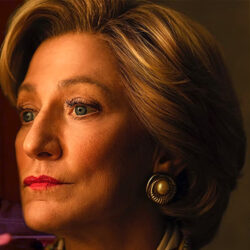
In the Paula Jones case, Lewinsky had submitted an affidavit denying any physical relationship with Clinton. In January 1998, she tried to persuade Tripp to lie under oath in the Jones case. Instead, Tripp handed the tapes to Starr who was investigating the Whitewater controversy and other related matters. With evidence of Lewinsky’s admission of a physical relationship with Clinton, Starr expanded the investigation to include Lewinsky and her potential perjury in the Jones case.
Denial & Subsequent Admission
The scandal first became public on January 17, 1998, through the Drudge Report which revealed that Newsweek editors were holding back a story by investigative reporter Michael Isikoff about the affair. The story was picked up by mainstream media on January 21, appearing in The Washington Post. For several days, the story spread rapidly and despite Clinton’s quick denials, demands for answers from the White House intensified.
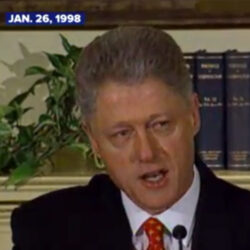
On January 26, President Clinton, standing with his wife, addressed the media at a White House press conference. He firmly denied the allegations, saying:
“Now, I have to go back to work on my State of the Union speech. And I worked on it until pretty late last night. But I want to say one thing to the American people. I want you to listen to me. I’m going to say this again: I did not have sexual relations with that woman, Miss Lewinsky. I never told anybody to lie, not a single time. These allegations are false. And I need to go back to work for the American people. Thank you!”
Commentators speculated on whether Clinton would address the allegations in his State of the Union Address but he ultimately chose not to mention them. Throughout the scandal, Hillary Clinton stood by her husband. On January 27, she appeared on NBC’s Today show, claiming, “The great story here for anybody willing to find it and write about it and explain it is this vast right-wing conspiracy that has been conspiring against my husband since the day he announced for president.”
For the next several months, the media debated whether an affair had occurred and if Clinton had lied or obstructed justice. However, nothing was definitively proven beyond the taped recordings, as Lewinsky was unwilling to discuss the affair or testify.
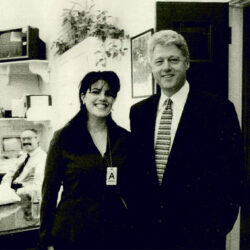
On July 28, 1998, months after the scandal broke Lewinsky was granted transactional immunity in exchange for her grand jury testimony about her relationship with Clinton. She also provided a semen-stained blue dress which Tripp had advised her to save. The FBI tested the dress and matched the semen stains to Clinton’s blood sample, providing clear DNA evidence of the relationship despite Clinton’s denials.
On August 17, 1998, Clinton admitted in taped grand jury testimony that he had an “improper physical relationship” with Lewinsky. That evening, he made a nationally televised statement acknowledging that his relationship with her was “not appropriate.”
Three days later, on August 20, 1998, the U.S. launched Operation Infinite Reach firing missiles at al-Qaeda bases in Khost, Afghanistan and the Al-Shifa pharmaceutical factory in Khartoum, Sudan, in retaliation for the 1998 U.S. embassy bombings. Some countries, media outlets, protesters and Republicans accused Clinton of using the attacks as a distraction from the scandal. The situation was compared to the movie “Wag the Dog” where a fictional president fakes a war to divert attention from a sex scandal.
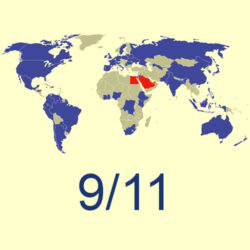
Administration officials denied any link between the missile strikes and the ongoing scandal and 9/11 Commission investigators found no reason to dispute their statements. The missile strikes also led to anti-Semitic conspiracy theories in the Middle East, suggesting Lewinsky was a Jewish agent sent to influence Clinton against supporting Palestine. This theory impacted Mohamed Atta the leader of al-Qaeda’s Hamburg cell and a key figure in the September 11 attacks.
Perjury Charges
In his deposition for the Paula Jones lawsuit, Clinton denied having sexual relations with Lewinsky. However, evidence in the form of a blue dress with Clinton’s semen led investigator Ken Starr to conclude that Clinton’s sworn testimony was false and perjurious.
During the deposition, Clinton was asked if he had ever had sexual relations with Lewinsky, based on a specific definition provided in the deposition. After reviewing the definition which was created by the Independent Counsel’s Office, Clinton stated, “I have never had sexual relations with Monica Lewinsky.”
Clinton later explained that he interpreted the definition to mean any activity where he was the actor and came into contact with specific body parts with the intent to gratify or arouse sexual desire. He denied ever touching Lewinsky’s “genitalia, anus, groin, breast, inner thigh or buttocks” effectively claiming that the definition included giving oral sex but excluded receiving it.
Two months after the Senate did not convict him President Clinton was held in civil contempt of court by Judge Susan Webber Wright for giving misleading testimony about his relationship with Lewinsky. He was also fined $90,000. Clinton chose not to appeal the ruling, citing financial difficulties but he continued to insist that his testimony was in line with Wright’s earlier definition of sexual relations.
In 2001, Clinton’s license to practice law was suspended in Arkansas for five years and later by the United States Supreme Court.
Impeachment
In December 1998, Clinton’s Democratic Party was in the minority in both the House and Senate. Some Democrats and most Republicans argued that Clinton’s false testimony and attempts to influence Lewinsky’s testimony were crimes of obstruction of justice and perjury making them impeachable offenses. After a short delay because of a bombing campaign in Iraq, the House of Representatives voted to impeach Clinton on two charges. This led to a 21-day trial in the Senate.
Clinton was acquitted on both charges because neither received the necessary two-thirds majority vote. Between 45 and 50 senators voted to convict depending on the charge but this was short of the 67 votes needed for conviction and removal from office. All Senate Democrats voted for acquittal on both charges. Ten Republicans voted for acquittal on the perjury charge and five Republicans voted for acquittal on the obstruction of justice charge.
As a result, Clinton was acquitted of all charges and remained in office. Attempts to censure the president by the House of Representatives were unsuccessful.
Aftermath
Effect on the 2000 Presidential Election
The Clinton–Lewinsky scandal arguably impacted the 2000 U.S. presidential election in two significant ways. Al Gore, the Democratic candidate and sitting vice president, believed the scandal had dampened the enthusiasm of their party’s base reducing Democratic votes. Clinton argued that the scandal made Gore’s campaign too cautious and claimed that if he had been allowed to campaign for Gore in Arkansas and New Hampshire, Gore would have secured enough electoral votes regardless of the Florida recount controversy.
Political analysts have supported both views. John Cochran of ABC News noted a phenomenon he called “Clinton fatigue” where voters were tired of the scandals. Polling showed that the scandal continued to hurt Clinton’s personal approval ratings and analysts like John G. Geer from Vanderbilt University concluded that “Clinton fatigue” significantly impacted Gore’s chances. Other analysts agreed with Clinton, suggesting that Gore’s decision not to campaign with Clinton harmed his appeal.
Collateral Scandals
During the Clinton–Lewinsky scandal, supporters of Clinton argued that the issue should remain private and accused some impeachment supporters of hypocrisy. A campaign sought to find embarrassing information on politicians who supported Clinton’s impeachment.
Larry Flynt, the publisher of Hustler magazine and an opponent of the Republican party offered a $1 million reward for dirt on Republican members of Congress leading the impeachment campaign. Although Flynt claimed to have damaging information on up to a dozen prominent Republicans the campaign led to the downfall of only one. Robert Livingston, a congressman from Louisiana, abruptly retired after learning that Flynt was about to reveal his extramarital affair.
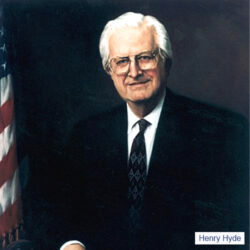
Henry Hyde, the Republican chair of the House Judiciary Committee and lead House manager during the Lewinsky hearings, had an affair while serving as a state legislator. At age 70 during the hearings, Hyde dismissed it as a “youthful indiscretion” even though he was 41 at the time.
Republican Congressman Bob Livingston was expected to become the Speaker of the House. However, after Flynt revealed Livingston’s affair he resigned and challenged Clinton to do the same.
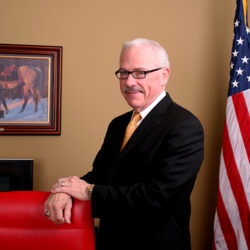
Bob Barr, a Republican House manager from Georgia had an affair while married. He was the first lawmaker to call for Clinton’s resignation over the Lewinsky affair. Barr lost a primary election challenge less than three years after the impeachment proceedings.
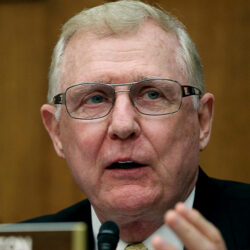
Dan Burton, a Republican from Indiana stated that no one should get away with alleged sexual improprieties regardless of their party or branch of government. In 1998, Burton admitted to having had an affair in 1983, which resulted in a child.
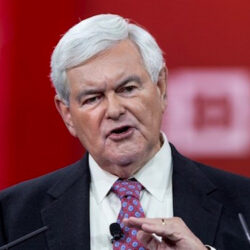
Newt Gingrich, a US Representative and Speaker of the House admitted in 1998 to having an affair with House Agriculture Committee staffer Callista Bisek while still married to his second wife. This occurred while he was leading the impeachment of Clinton for perjury regarding his affair with Lewinsky.
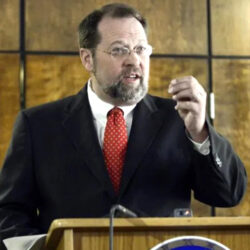
Steven C. LaTourette, a US Representative from Ohio, voted to impeach Clinton for the Lewinsky scandal while he was having a long-term affair with his chief of staff, Jennifer Laptook.
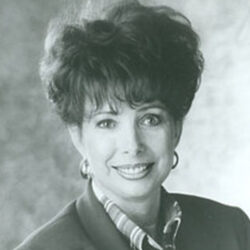
Republican Helen Chenoweth-Hage from Idaho aggressively called for Clinton’s resignation and later admitted to a six-year affair with a married rancher during the 1980s.
Personal Acceptance
Historian Taylor Branch suggested that Clinton asked for changes to Branch’s 2009 biography, The Clinton Tapes: Wrestling History with the President. In the book, Clinton revealed that the affair with Lewinsky began because he felt overwhelmed, saying, “I cracked; I just cracked.” Branch wrote that Clinton felt “beleaguered, unappreciated and open to a liaison with Lewinsky” due to several factors: the Democrats’ loss of Congress in November 1994, his mother’s death in January and the ongoing Whitewater investigation.
Publicly, Clinton blamed the affair on “a terrible moral error” and his anger at Republicans. He stated, “If people have unresolved anger, it makes them do non-rational, destructive things.”
Signup Wordle Magazine’s Newsletter to get the latest scoop straight to your inbox.
